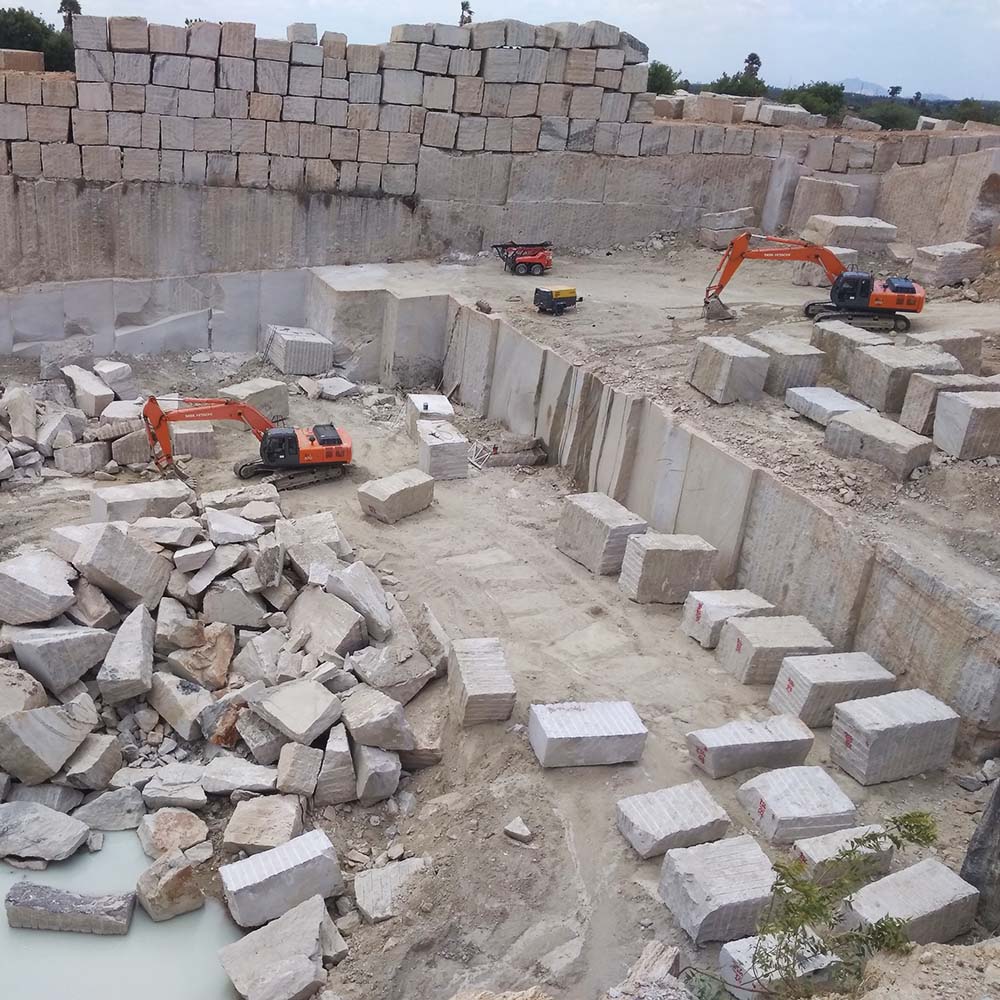Diving right into of Granite Quarries in South Africa
Diving right into of Granite Quarries in South Africa
Blog Article
Unveiling the Mysteries of Granite Quarrying: Where Strength and Elegance Meet
The world of granite quarrying is a world where the raw stamina of nature merges with human virtuosity to develop frameworks that stand the examination of time with an air of elegance. From the midsts of quarries to the thorough polishing in workshops, the procedure of transforming granite right into architectural marvels is an intricate dancing of tradition and innovation. As we peer right into the depths of this old craft, we begin to reveal the surprise complexities that shape the very essence of our constructed atmosphere.
The Beginnings of Granite Quarrying
In the record of building background, the beginnings of granite quarrying are shrouded in a tapestry of old craftsmanship and geological wonders. Dating back to ancient Egypt and Mesopotamia, the extraction of granite from quarries noted the beginning of a trip that would eventually cause the creation of a few of the world's most renowned structures.
Granite quarrying's origins can be traced to the experienced artisans who acknowledged the stone's durability and visual charm. With a mix of primitive tools and large decision, these very early quarry employees unearthed granite blocks that would come to be the structure blocks of people.
As civilizations progressed, so did the strategies of quarrying granite. The Romans, renowned for their engineering prowess, established sophisticated approaches for extracting granite to construct monuments, temples, and roadways that stood the examination of time.
The tradition of these old quarrying techniques remains to form modern style, with granite remaining a symbol of strength and beauty in building and construction jobs around the globe. (granite quarries in south africa)
Devices of the Quarrying Trade
The advancement of granite quarrying techniques from old worlds to modern-day times highlights the essential function played by the devices of the quarrying profession in forming the industry's techniques. In old times, quarrying tools were primary, frequently consisting of chisels, hammers, and wedges made from products like bronze or iron. These devices called for significant manpower and time to remove granite obstructs from quarries.

In addition, the introduction of pneumatic devices and high-powered equipment has dramatically decreased the physical labor required in quarrying operations, improving employee safety and performance. As the quarrying market remains to introduce, the devices of the trade continue to be at the leading edge of driving progress and forming the future of granite removal.
Drawing Out Blocks of Granite
Making use of accuracy machinery and advanced strategies, the removal of granite blocks from quarries has become find more info an innovative procedure in the modern-day quarrying market. The first step involves determining the location and dimension of the granite down payment to establish one of the most efficient removal approach. As soon as an appropriate website is selected, the removal process begins with the boring of openings for the positioning of dynamites. Managed blowing up methods are after that used to break apart the granite into manageable areas.

Polishing and Ending Up Strategies
To achieve a perfect surface on granite blocks, competent artisans employ a series of thorough sprucing up and finishing strategies. After the preliminary removal and forming processes, the granite blocks go through an extensive polishing phase to boost their all-natural appeal and resilience. One typical method utilized in polishing granite is ruby abrasion, where industrial diamonds are made use of to grind and polish the stone to a smooth surface. This process not only creates a lustrous surface area but also ensures harmony in shade and appearance throughout the granite block.
Along with polishing, completing techniques are applied to more refine the granite's appearance. These methods might include flaming, honing, or cleaning, each offering unique appearances and finishes to match different visual choices. Flaming, for instance, involves revealing the granite surface to high temperature levels to produce a harsh, distinctive surface, suitable for internet outdoor applications where slip-resistance is crucial. Honing, on the various other hand, supplies a matte finish that is smooth to the touch, ideal for indoor counter tops and flooring. By very carefully choosing and using these polishing and completing strategies, craftsmens can transform raw granite blocks right into beautiful items that showcase both toughness and sophistication.

Ecological Influence and Sustainability
With the growing emphasis on ecological consciousness in the sector, granite quarrying methods are increasingly scrutinized for their influence on natural sources and long-term sustainability. Furthermore, the transportation of granite from quarries to refining centers produces carbon emissions, better contributing to environmental deterioration.
To minimize these impacts and make certain sustainability in granite quarrying, industry stakeholders are embracing different actions. Applying innovative modern technologies to decrease energy intake and water use, redeeming quarried land for ecological restoration, and promoting accountable sourcing practices are some techniques being used. Qualifications such as the Woodland Stewardship Council (FSC) and the Leadership in Power and Environmental Style (LEED) assistance consumers determine eco pleasant granite products.
Verdict
Finally, granite quarrying is a process that needs specialized tools and methods to essence blocks of granite and polish them to a high degree of surface. he said While the environmental influence of quarrying can be substantial, initiatives are being made to enhance sustainability methods in the industry. On the whole, granite quarrying is a fragile balance in between using the strength and elegance of this all-natural rock while minimizing its effect on the atmosphere.
Report this page